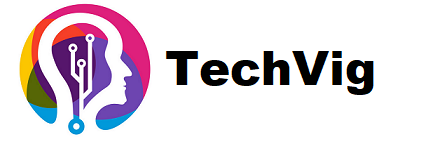Introduction
Today, Facebook Messenger and WhatsApp are two very popular messaging apps, but they weren’t always popular. In fact, over the past few decades, there have been several different messaging platforms. Some of them you may have heard of and know very well, others you may not have ever heard about at all. And there are some that you can still use today.
#1: Kik
Kik is a messaging service first launched in 2010 and was pretty popular throughout the early 2010s. Marketed more towards teenagers (13 and up), Kik doesn’t require its users to provide any more information than a username and email address, making it a great messaging platform for those with strong privacy concerns. One of the features offered by Kik includes group chats, which are very popular with other messaging services offered by other social platforms. There are some downsides to Kik, one being that because Kik is dominated by teenage users, so you definitely want to make sure they’re safe while online.
#2: Skype
Before Zoom calls, before Messenger allowing video calls, and even before FaceTime-ing on Apple devices was popular, there was Skype. Created in 2003 and still used today, Skype had more than 100 million users at its peak in 2011. Though it is most popular for its video messaging, Skype also offers instant messaging and voice calls. Unfortunately, in recent years, Skype has seen some functionality issues and has since been overshadowed by other video conferencing platforms, such as Zoom.
#3: MSN/Windows Live Messenger
Before Microsoft bought Skype, it had another messaging platform created in 1999 called MSN Messenger. It was actually created as a rival to another, older messaging platform, and by the early 2000s, it was the most popular platform for sending instant messages. In 2005, Microsoft renamed MSN Messenger to Windows Live Messenger. Unfortunately, Windows Live Messenger was shut down permanently in the fall of 2014 and its users had to switch over to using Skype.
#4: AOL’s AIM
AOL is probably the most memorable out of all of these instant messaging platforms. It was launched in 1997 as AIM (AOL Instant Messenger, with AOL being an acronym for America OnLine). AIM featured a “Buddy List”, which was a list of all of your friends who you were able to send messages to. Before it was completely shut down in December of 2017, you were able to access AIM on mobile devices and it allowed you to connect with other social media platforms, such as MySpace, Facebook, and Twitter. AIM was later bought by Verizon, which then merged it with Yahoo.
#5: Usenet
It’s safe to say that Usenet is the one platform on this list that you may not have heard of. It’s also the oldest social platform (ever), and you can still use it today. Usenet predates the internet itself, launched back in 1979 by two graduate students at Duke University. Because there was no internet and computers were still relatively new then, they used telephone modems to allow their computers to send information back and forth.
Today it’s accessed through a provider, and functions very similar to the way it did in the 1980s. Back then, students would post and discuss information in newsgroups (similar to discussion forums). You can discuss ideas about any type of content you can think of in over 100,000 different newsgroups. You’re also able to post your own, original content in the form of text, videos, photos, or audio, as well as securely download any content generated by other users. All you have to do is visit newshosting.com to get started.
Conclusion
MSN and AIM were likely the most popular of the five messaging platforms, but they’re also the only ones that we can no longer access. If you’re already using Facebook Messenger then you’re not likely to use Kik, and the same goes for Skype now that we have Zoom. On the other hand, there is nothing quite like Usenet on the internet today, so it’s a messaging platform that’s not only here to stay, but it’s completely safe and definitely worth checking out.






